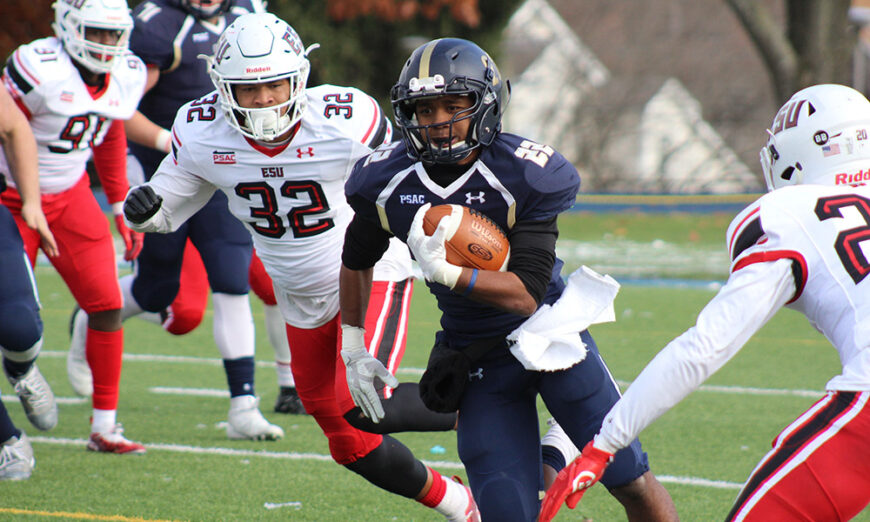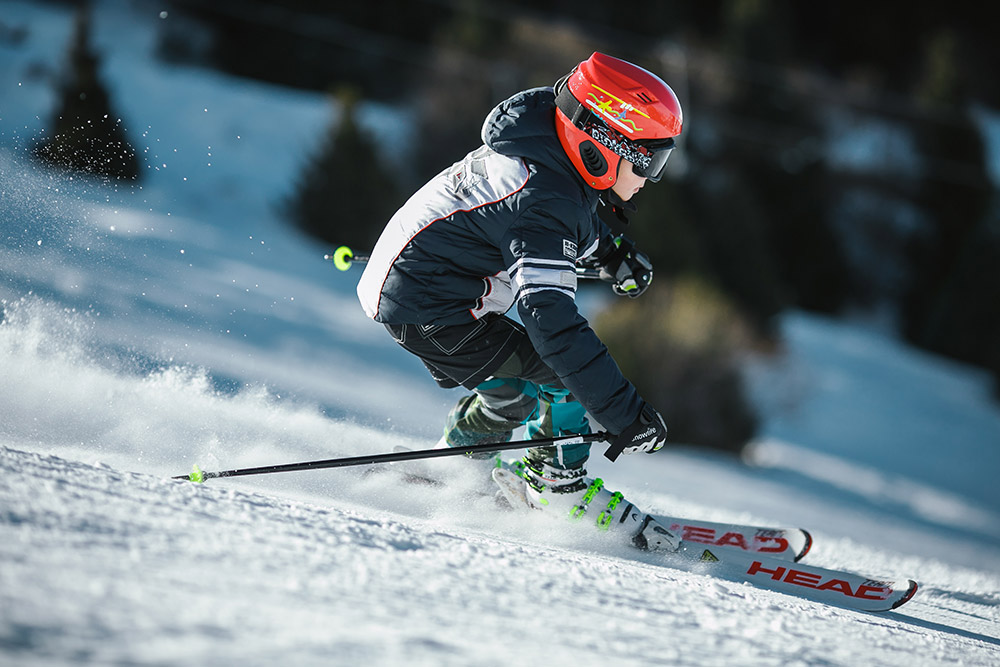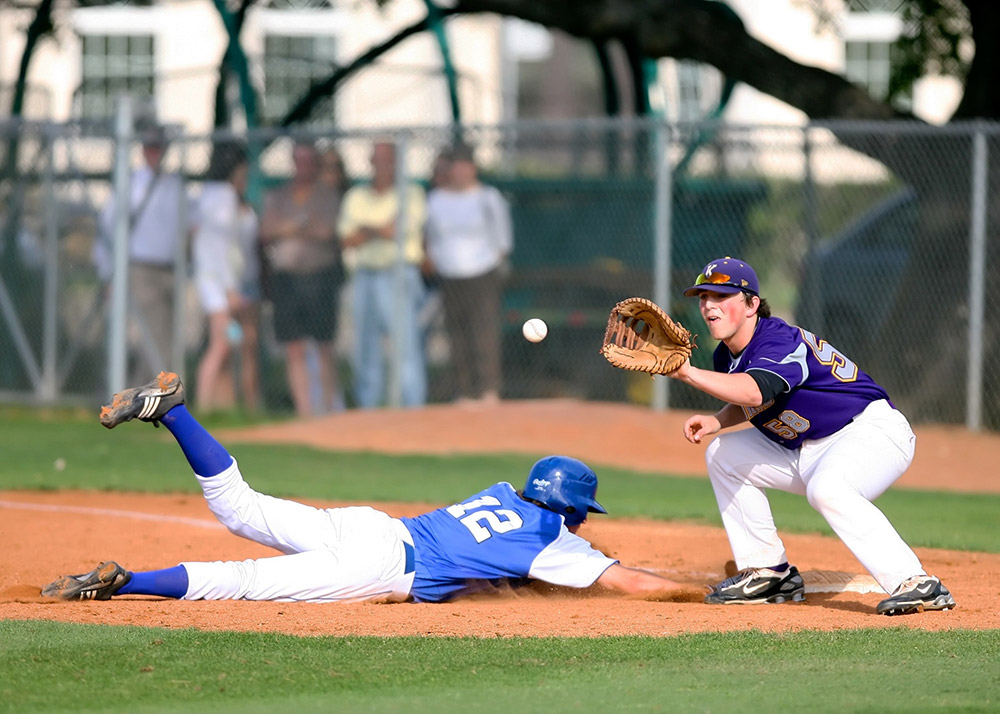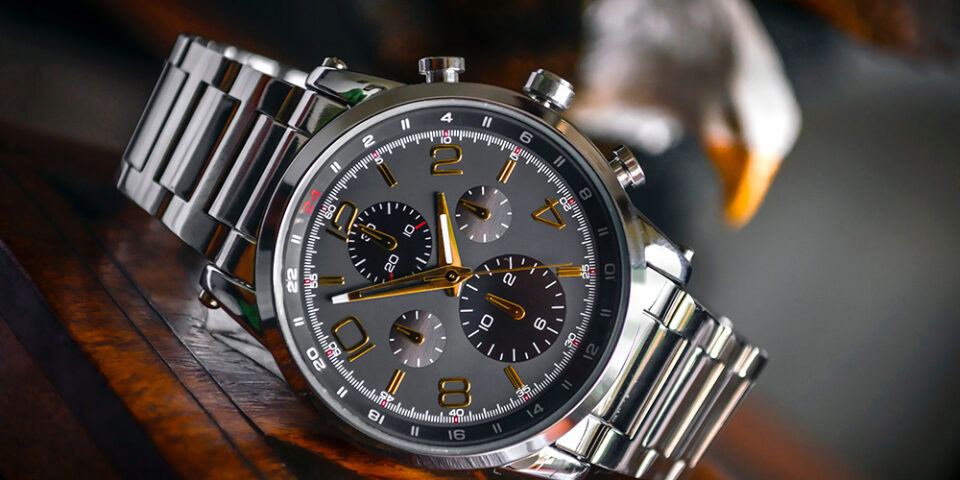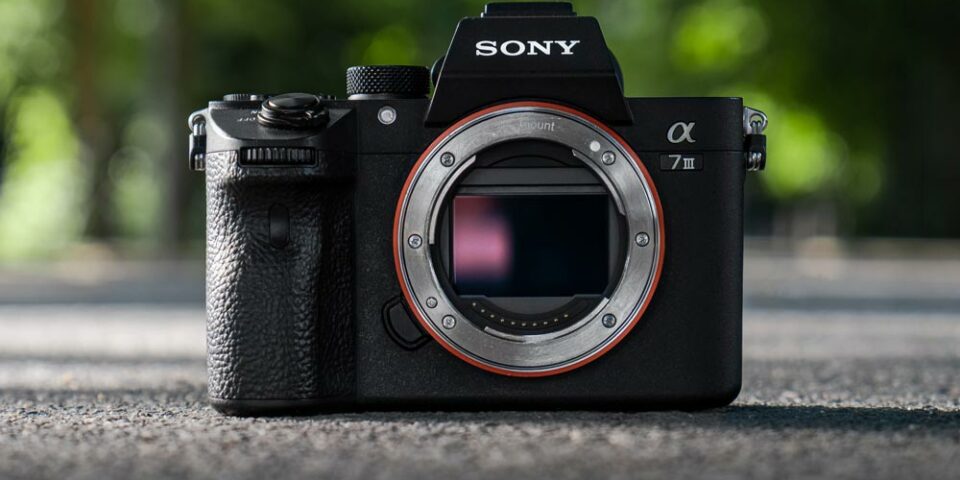Shooting sports can be a thrill. Sporting events offer up so many incredible opportunities to capture the human experience — from the proverbial agony of defeat and joy of victory — that they can be a storyteller or photographer’s dream. There’s nothing quite like capturing that perfect moment, whether it be a winning goal or just a knowing smile between teammates.
While most of us can make do with a good DSLR or mirrorless camera, along with some basic photography skills, to capture our kids’ hockey games, if you want to take your sports photography to the next level, you’ll need to learn some real sports photog best practices — and you’ll need the right equipment.
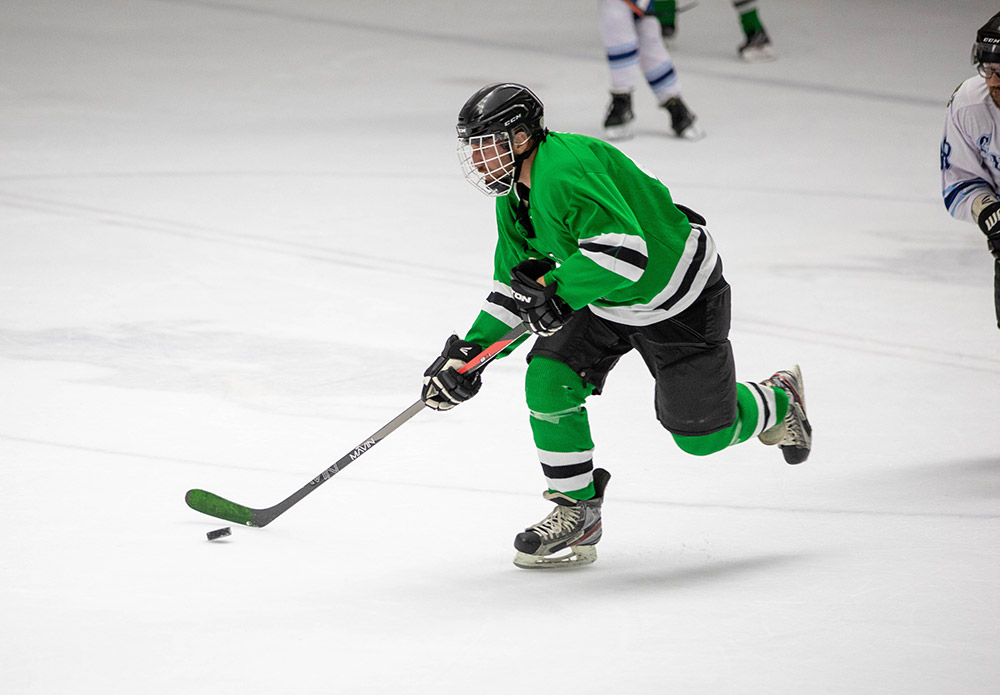
Here are some tips to help you find the right sports photography camera, and for getting great shots with it.
Understand the Fundamentals
Look for High Maximum Shutter Speeds
You can’t play the game if you don’t know the rules. For sports photography, that means speed, first and foremost. A high max shutter speed will “stop” the action in your frame, making fast-moving athletes appear to be stuck in a moment of time — exactly what you’re looking for.
For sports photography, your camera should be able to shoot with a shutter speed of 1/1000 of a second or higher; for close-ups and fast-moving objects — such as at an auto race — speeds of up to 1/8000 may be required for the best results.
Get to Know the Game
Learning the fundamentals holds true for the sports themselves. You can’t just plant yourself in the stands and expect to capture a great moment; if you want to shoot memorable photographs, you owe it to yourself to learn the sports you’re watching. That will help you know where to position yourself on the field or in the arena, at what point in the game something exciting is likely to happen, who the key players are, and so on.
And while you might be a hockey or basketball expert already, if you want to build a well-rounded portfolio, you should be shooting sports you’re not as familiar with, such as lacrosse or rugby, as well.
Get to Your Spots
Use a Weatherproof and Durable Body
Many sports are played under harsh conditions. Nothing short of lightning stops a football game, after all; true sports photogs can expect to be caught out in the rain or snow regularly! Even cold hockey rinks can drain your battery life!
In addition to weatherproofing, dual memory card slots and long battery life are also musts; you don’t want to miss any action switching cards or batteries.
Get Out There and Shoot
If you intend to hone your craft, you’ll have to get out there and shoot! The good news is, whether you live in a small town or a big city, sports are everywhere. Rinks and baseball diamonds are filled every weekend with tournaments; it’s as good a place as any to start. And chances are, if you’re in Canada, there’s a minor league hockey team not far away as well, not to mention colleges and universities. You may have to pay a small amount for a ticket, but chances are you’ll have access to lots of angles to shoot from.
Be sure to take note of any arena rules and regulations. Some professional arenas, like Toronto’s Scotiabank Arena, prohibit the use of cameras with removable lenses.
Take Your Shot
Focus on Autofocus and Frame Rate
A high frame rate and fast autofocus are also essential for sports photography.
A high frame rate (or “burst”) of 10 frames per second or higher will allow you to capture multiple frames in an instant, which you can later to review for the perfect shot.
As for autofocus, again, this comes down to speed; how quickly you can lock on to your subjects and focus in on them can make all the difference. Look for a phase detection based system with multiple points for best results.
Don’t Just Shoot the Big Moments
Great sports photos don’t just capture the big hit or the winning touchdown. You’ll want to capture those, of course, but remember to focus on the human elements that make sports so compelling. This is especially important if you don’t think you’re in the right spot to capture the moment itself; if you’re not near the end zone on a potential game-winning drive, what can you capture? The look on the coach’s face on the sidelines? The crowd, anxious with anticipation?
Remember, as well, that everyone wants to capture the big play. What can you capture that will make your shots stand out? Look for the little moments that will help bring the story of the big moment to life.
Ready to Shoot? The Canon EOS 1D X Mark III Looks Like a Champion
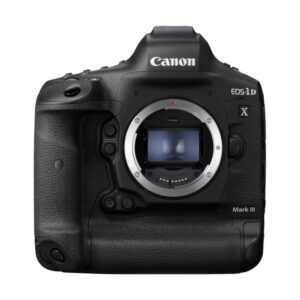
The Canon EOD 1D X Mark III is all about speed. It features a 20.1 MP full-frame CMOS sensor, and captures up to 16 frames per second — and up to 20, using live view mode. Its 191-point autofocus system features newly developed intelligent tracking and recognition technology to recognize your subjects and lock on them with even greater speed, and features face and head detection.
Want more speed? The EOS 1D X Mark III also features Canon’s latest Digic processor, the Digic X, which processes images up to three times faster than its Digic 9, and uses dual CFExpress cards to keep up with the buffer and deliver high read speeds. It’s shutter speed ranges from 30 seconds to 1/8000 of a second, and it runs the full ISO speed range from ISO 100 – 102400 (with expanded ISO 50 – 204800 speed equivalent available).
The EOS 1D X Mark III also shoots 4K video at 60fps, and is ruggedly built and weather-sealed.
Canon expects the EOS 1D X Mark III to be available in late February. That means you have just enough time to start planning your next sports action photography outing!
What’s Next:
Get a First Look at the EOS 1D X Mark III!
